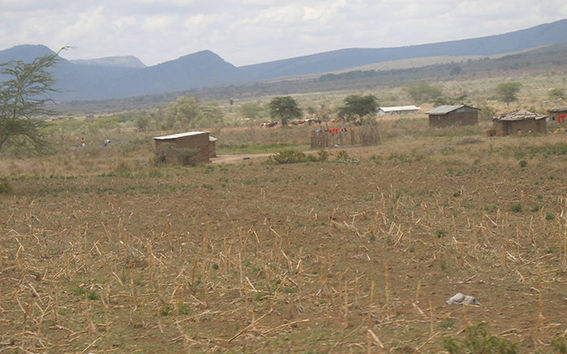Dissertation: Business development possibilities in low-income markets

Resource constraints and local needs guide the process when innovating business in low-income markets, according to Paula Linna’s dissertation. The dissertation will be examined on Friday 2 June.
‘Low-income markets in emerging countries, so-called BOP or Base of the Pyramid, require a new attitude towards innovation and business development. Focus should be on local needs and solving everyday problems,’ states Linna ‘BOP markets of approximately four billion people are challenging, however, it is possible to build successful business and the potential return on investment is high.’
Building business in low-income markets can take time and may require actions that are not part of the company’s core competence. In practice, this can mean, for example, participating in legislative work, building infrastructure and training employees.
Companies must be very aware of local needs and conditions, which often requires a lot of new learning for western companies. For example, low-income markets may lack access to the actors and information generally utilised during internationalisation, such as market data and subcontractors.
‘Companies have to co-operate with local players to develop business and create new partnerships often with non-typical partners, such as NGOs,’ says Linna. ‘It’s also essential to have a strong will, understand resource limitations and be able to produce solutions that are suitable for the particular context. The goal is to create solutions that are affordable, reliable and easy to use.’
Innovators play a key role in solving poverty-related problems
Linna’s research analysed the innovation methods and business strategies of 11 different companies operating in the mobile or energy industry, especially in East Africa.
‘It’s interesting that the driving force behind a single innovation might be a determined individual from the middle management of a multinational company or a self-taught innovator who has grown up in a low-income market. The common thread between these types of innovators seems to be their strong desire to solve poverty-related problems,’ says Linna.
In her research, Linna observed that the resource-scarce environment of emerging countries contains a lot of self-taught innovators who want to create solutions for problems experienced by themselves or their village communities. Local innovator-entrepreneurs are well prepared to operate in resource-scare environments and innovate by making do with what is at hand, for example, by using waste material such as old car engines as wind turbine generators.
‘They deal with environmental constraints in a creative way. For example, product development does not take place in a laboratory but by collecting experiences directly from the customers, and people upgrade their own technical knowledge by watching Youtube videos,’ explains Linna. ‘Sometimes the problem might arise that demand exceeds supply, but local people don’t have the possibility to expand their business to meet the growing demand.’
Paula Linna will defend her doctoral dissertation on Friday 2 June 2017 at the Department of Management Studies at Aalto University School of Business. The name of the dissertation is "Innovating by "making do with what is at hand": Creating opportunities in low-income markets". The public defence will begin at 10.00 in the Chydenia building at Aalto University School of Business (Runeberginkatu 22-24) in the Saastamoinen Foundation Hall (H-324) on the 3rd floor. Professor Rüdiger Hahn, University of Hohenheim, Germany, will act as opponent and Professor Minna Halme, Aalto University School of Business as custos.
Further information:
Paula Linna, Researcher
[email protected]
Tel. +358 50 40 54942
- Published:
- Updated:
Read more news

Get to know us: Associate Professor Maria Sammalkorpi
Sammalkorpi received her doctorate from Helsinki University of Technology 2004. After her defence, she has worked as a researcher at the Universities of Princeton, Yale and Aalto.
Aalto computer scientists in ICML 2024
Computer scientists in ICML 2024
Getting bacteria into line
Physicists use magnetic fields to manipulate bacterial behaviour